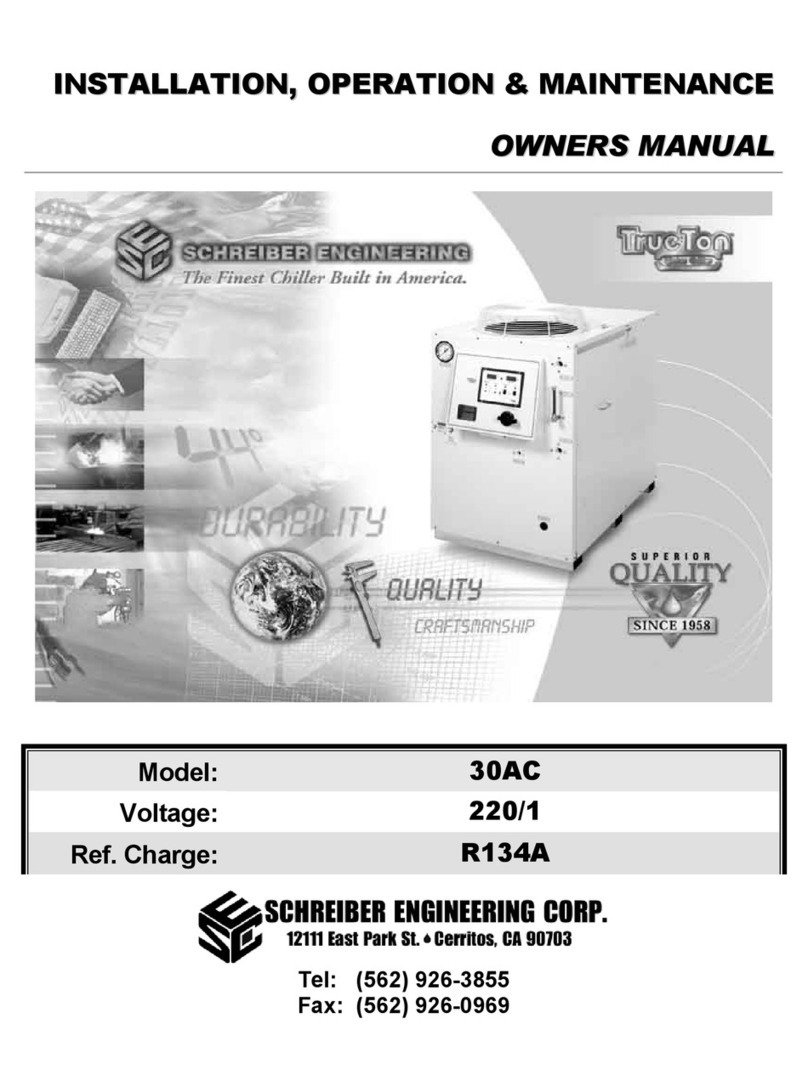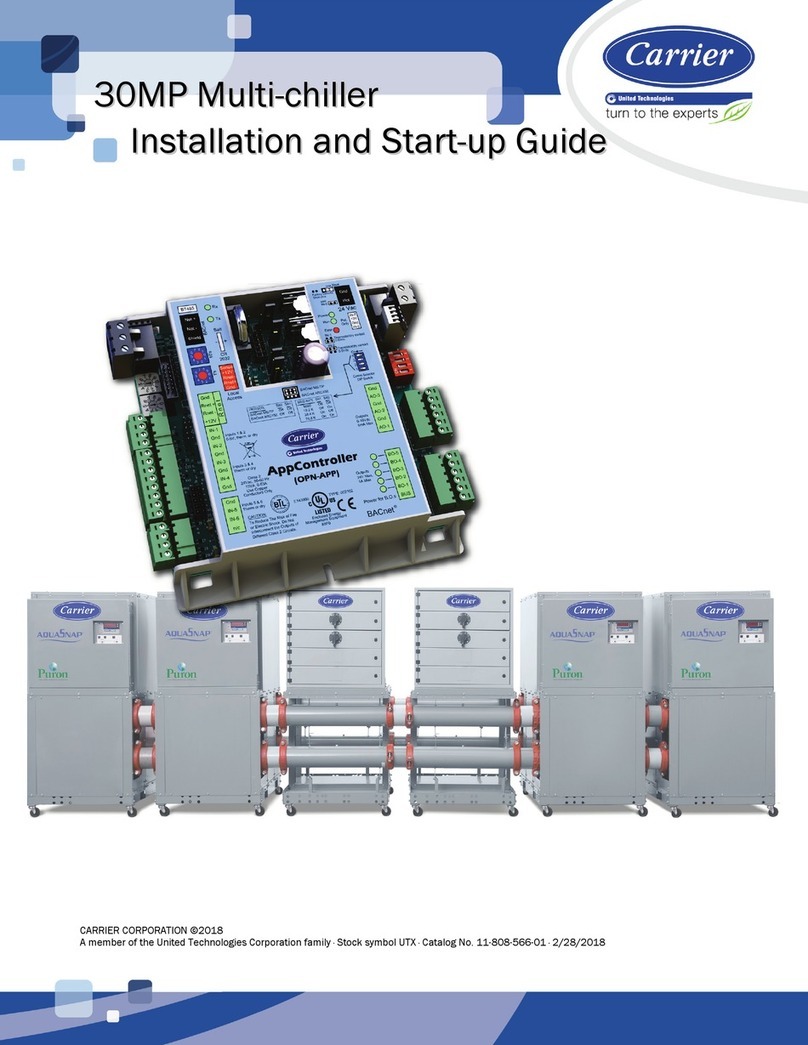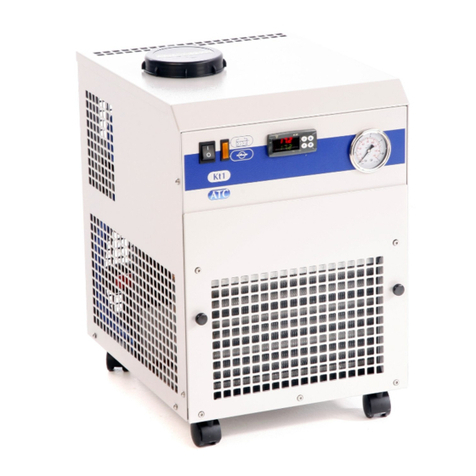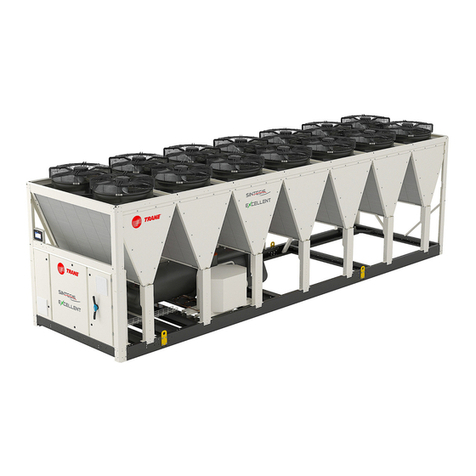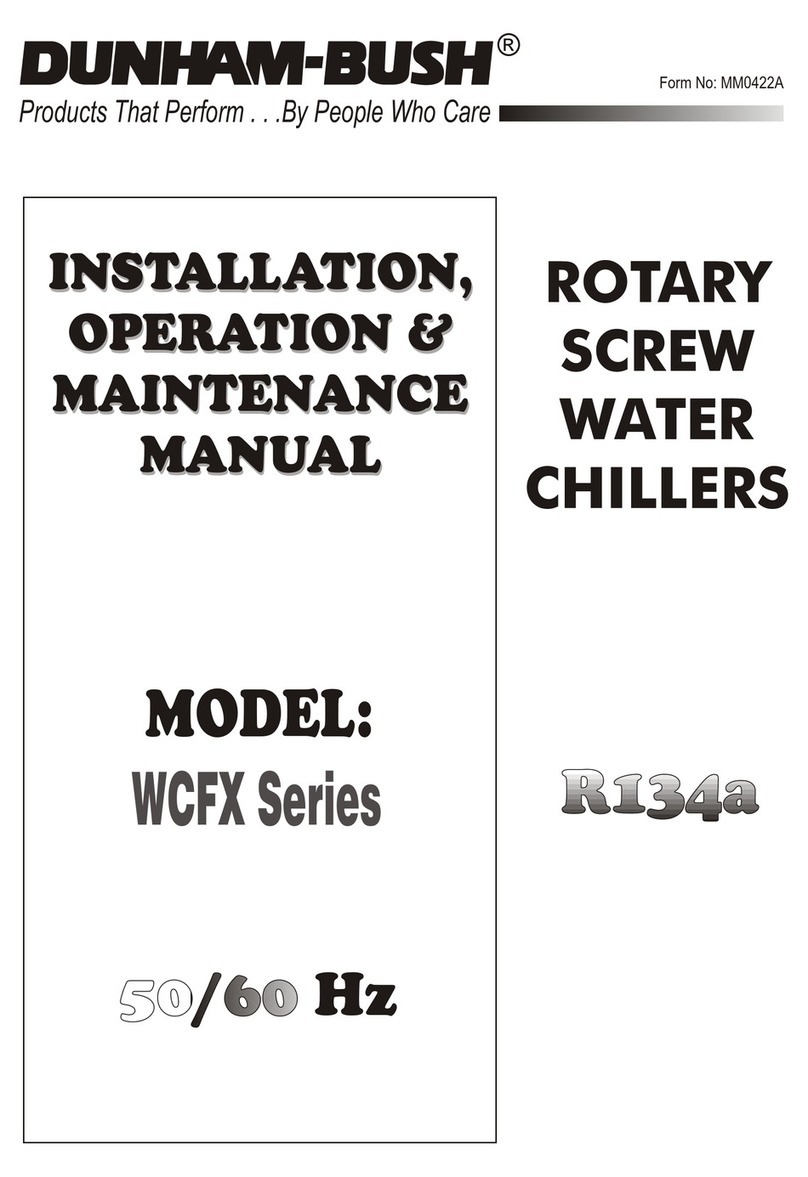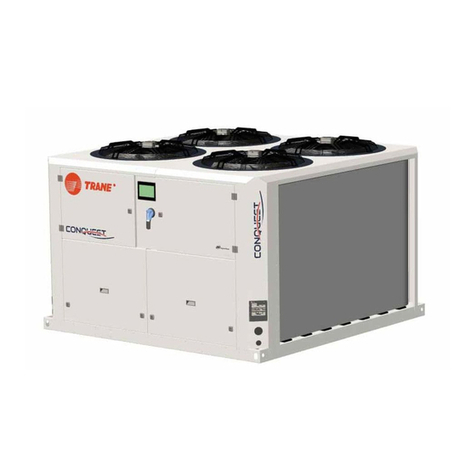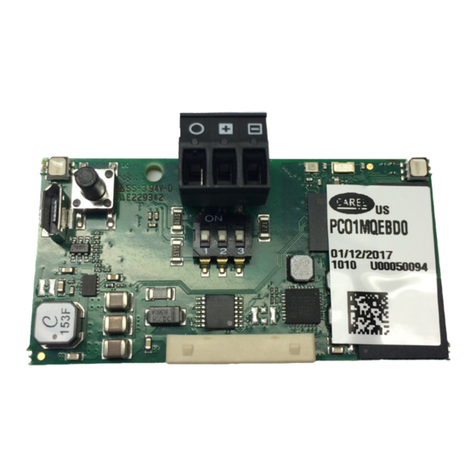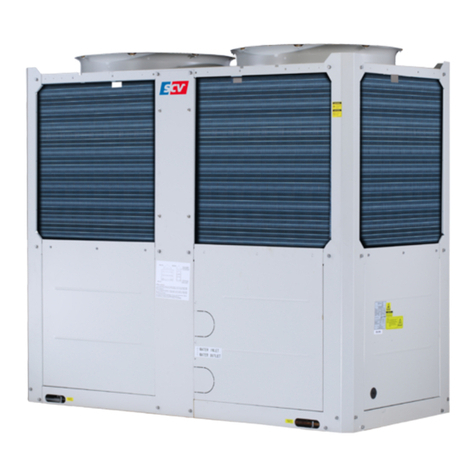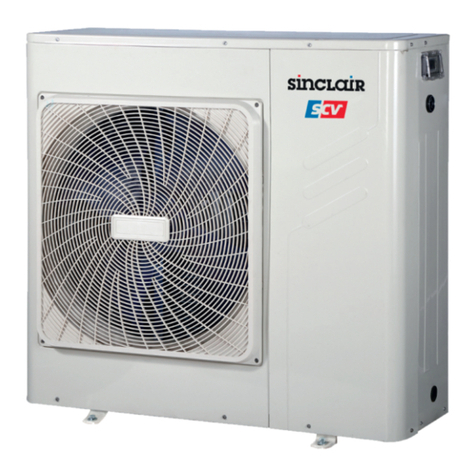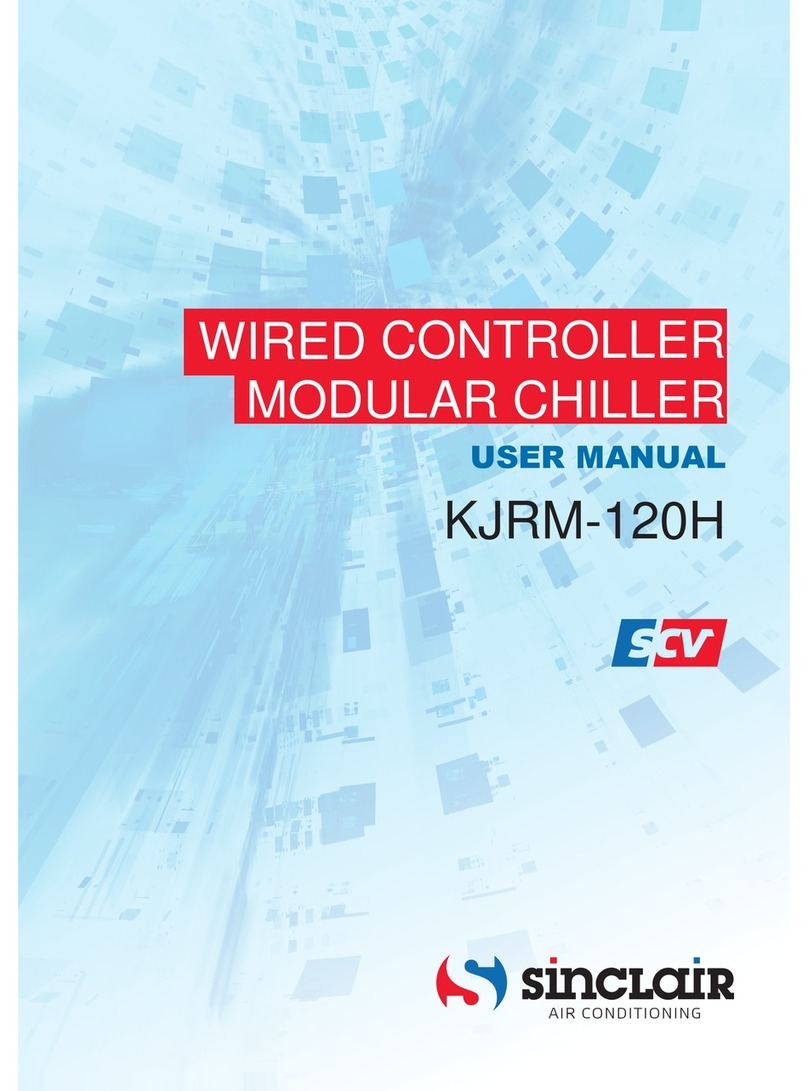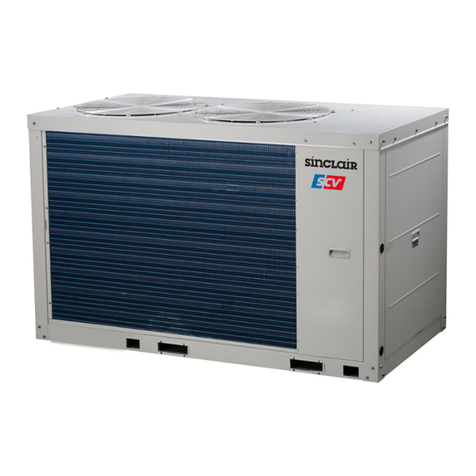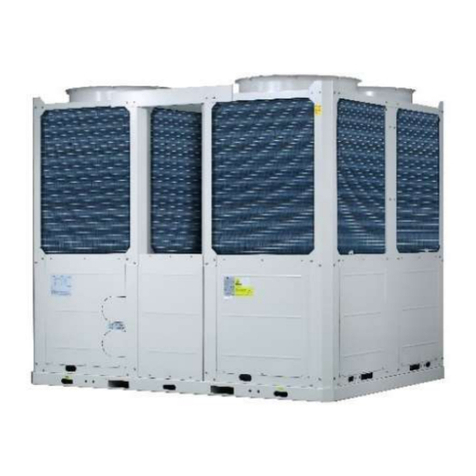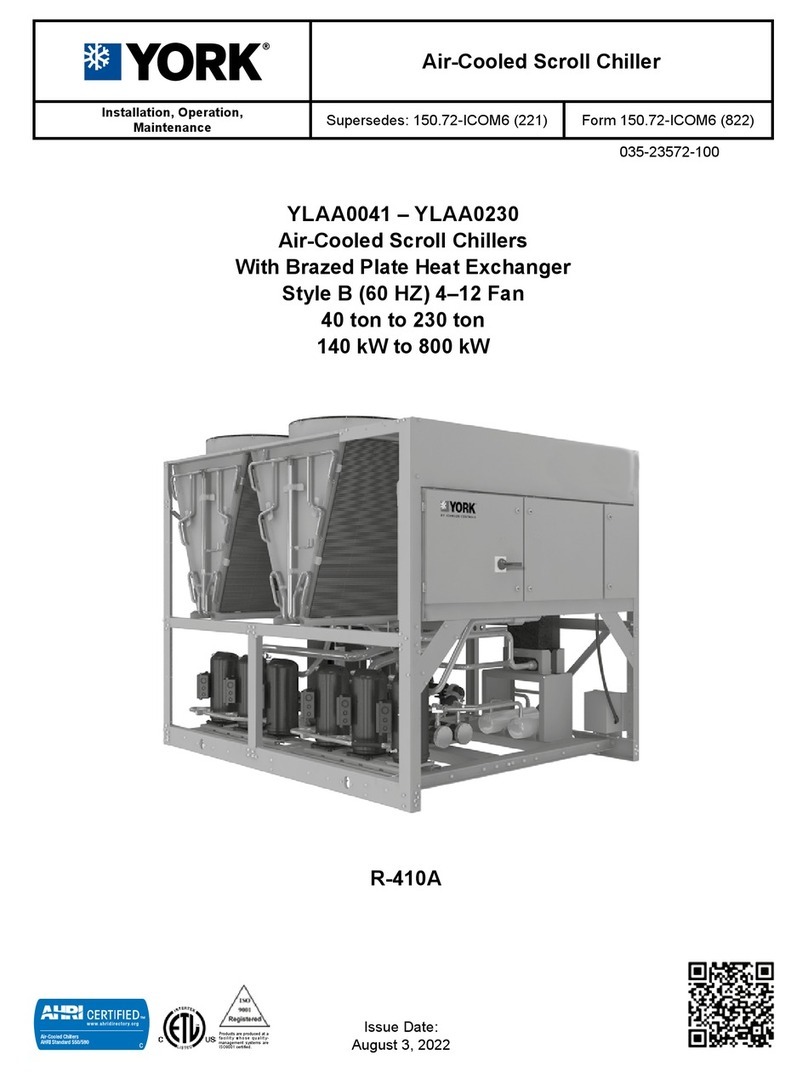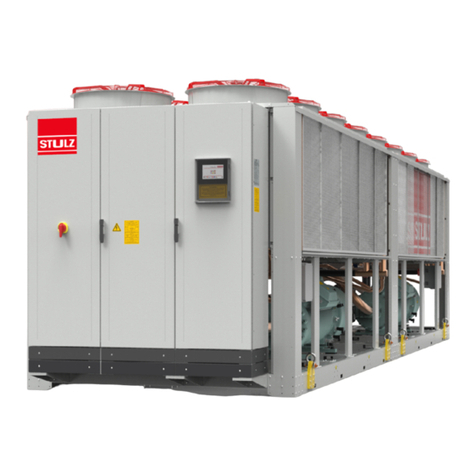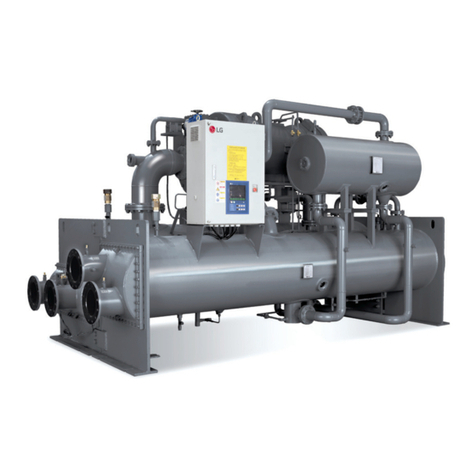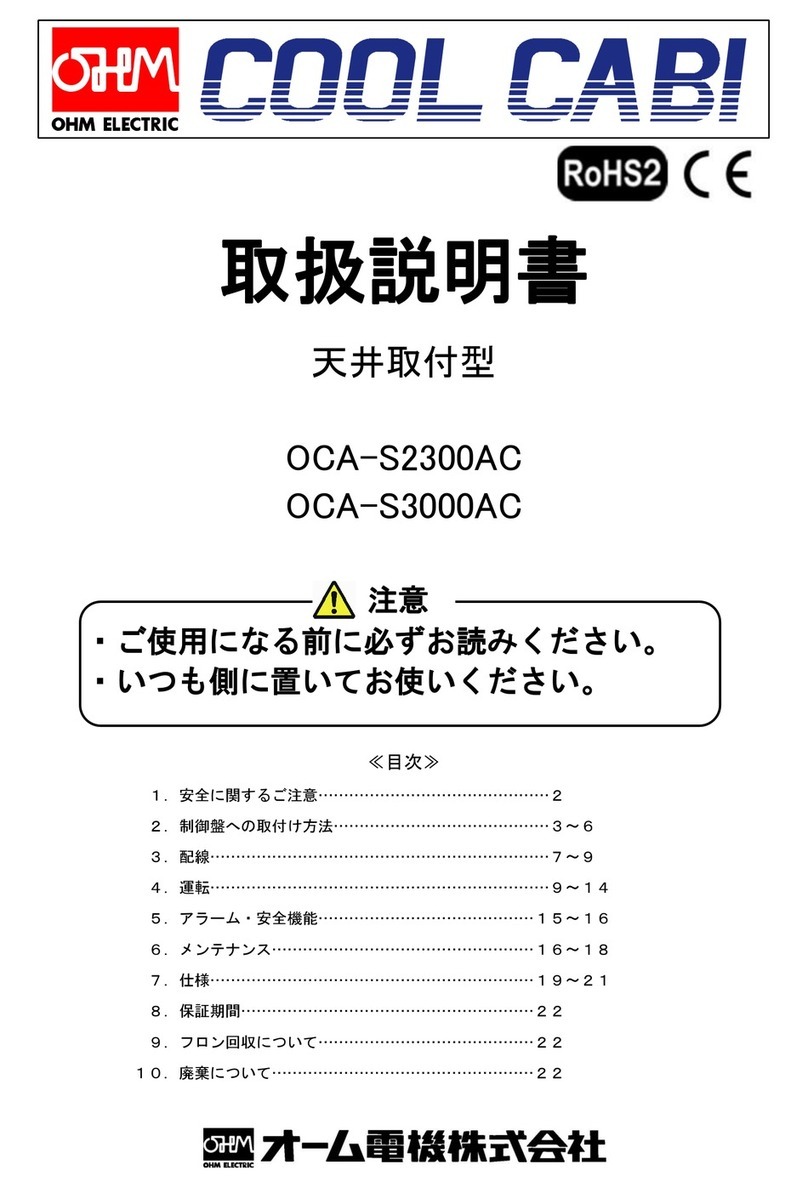
18
5.5 Voltage protection control
This control protects the heat pump from abnormally high or abnormally low voltages.
When the phase voltage of AC power supply is at or above 265V, the system displays H7 protection and the unit stops
running. When the phase voltage drops below 265V for more than 30 seconds, the refrigerant system restarts once the
compressor re-start delay has elapsed.
When the phase voltage is at or below 172V, the system displays H7 protection and the unit stops running.
When the AC voltage rises to at or more than 180V, the refrigerant system restarts once the compressor re-start delay has
elapsed.
5.6 DC Fan motor protection control
This control protects the DC fan motors from strong winds and abnormal power supply. DC fan motor protection occurs
when any one of the following conditions are met:
Fan speed is less than 50rpm for more than 40s after fan operates.
Fan speed is lower than 50rpm for 3S,during normal operation
When DC fan motor protection control occurs the system displays the H6 error code and the unit stops running. After 3
seconds, the unit restarts automatically.
When H6 protection occurs 10 times in 120 minutes, the HH error is displayed. When an HH error occurs, a manual system
restart is required before the system can resume operation.
5.7 Water side heat exchanger anti-freeze protection control
This control protects the water side heat exchanger from ice formation.
The water side heat exchanger electric heater is controlled according to outdoor ambient temperature, water side heat
exchanger water inlet temperature and outlet temperature.
In cooling mode, if inlet water temperature or leaving water temperature or auxiliary heat source leaving water
temperature is below 4°C, heat pump stops and water pump keeps running for 30min. If water temperature is still below
4°C, heat pump turns to heating mode. the anti-freeze protection actions.
In heating standby mode, if ambient temperature is below 3°C and inlet water temperature or leaving water temperature
or auxiliary heat source leaving water temperature is below 5°C, heat pump stops and water pump keeps running for
30min. If ambient temperature is still below 3°C and water temperature is still below 5°C, heat pump turns to heating
mode. the anti-freeze protection actions; if leaving water temperature is below 2°C, the anti-freeze protection actions.
In heating standby mode, if leaving water temperature is below 2°C, heat pump stops and water pump keeps running for
30min. If water temperature is still below 2°C heat pump turns to heating mode to protect from anti-freezing.
When water side heat exchanger anti-freeze protection occurs the system displays error code Pb and the unit stops
running.
Voltage ≥265V or Voltage ≤172V
180V < Voltage < 256V for 30s
Compressor voltage protection, error code H7 is displayed


















